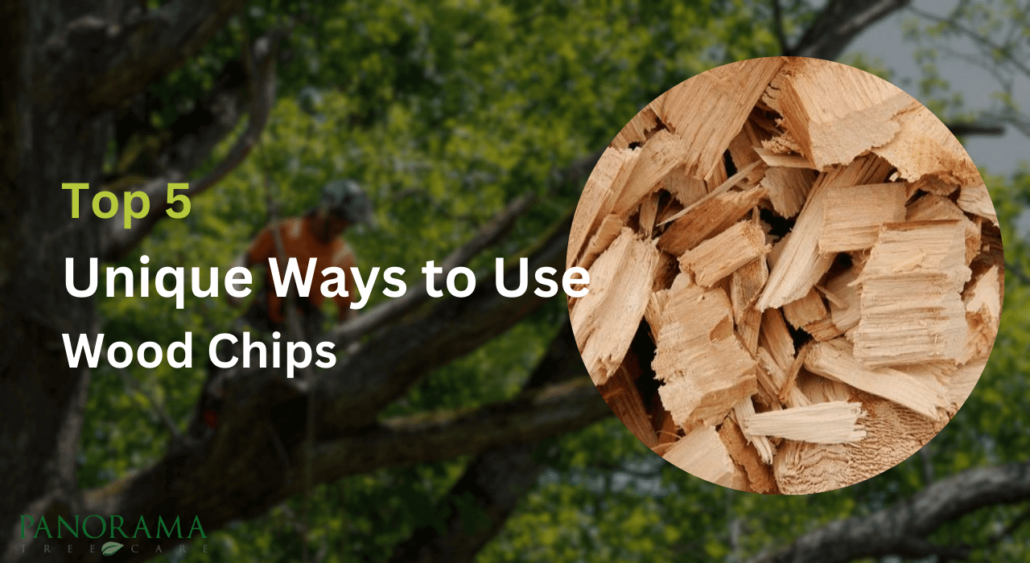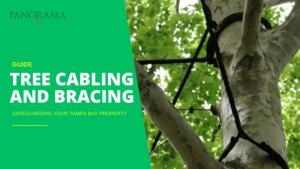As an experienced gardener and nature enthusiast, I’m always on the lookout for innovative ways to repurpose natural materials and promote sustainability.
These organic byproducts can be transformed into practical and eco-friendly solutions for your home and garden.
Let me share with you five ingenious ways to make the most of these wood chips.
These helpful tips are just a few of the many ways you can make the most of your yard waste with the help of Tampa’s full-service tree company, offering guidance and support beyond basic removal.
1. Mulching Your Garden Beds
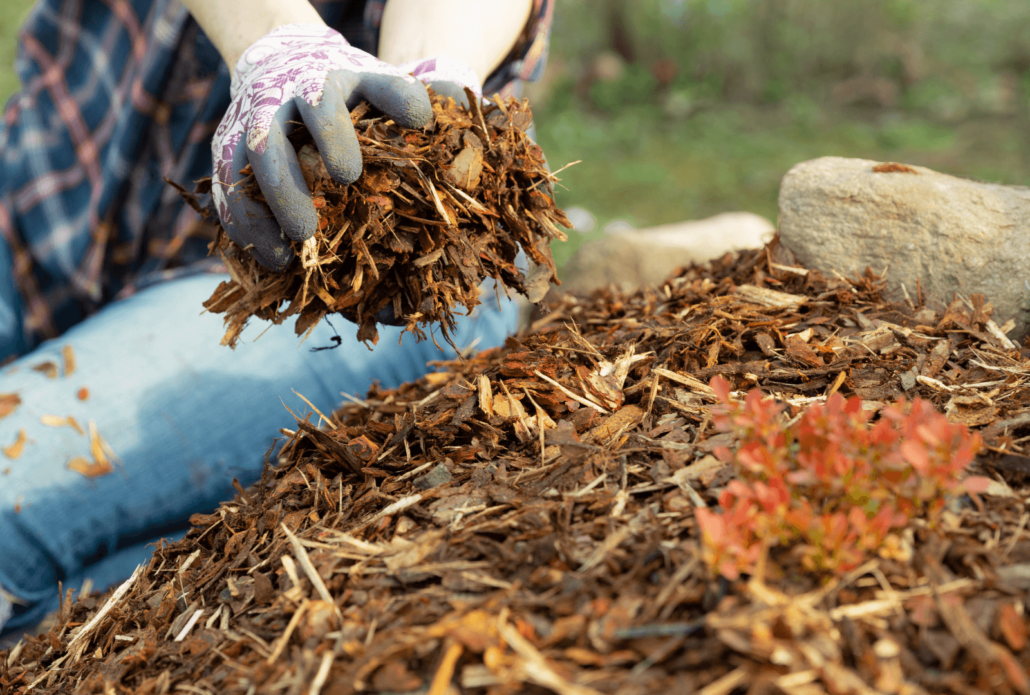
Mulching is an age-old gardening practice that offers numerous benefits, and wood chips make an excellent mulch material.
By spreading a layer of wood chips around your plants, you create a protective barrier that helps retain soil moisture, suppresses weed growth, and prevents excessive evaporation.
As the wood chips gradually decompose, they release valuable nutrients into the soil, improving its structure and fertility.
When applying wood chip mulch, aim for a depth of 2-4 inches, ensuring proper aeration and water penetration.
Be careful not to pile the mulch directly against plant stems or tree trunks, as this can lead to rot and encourage pests.
2. Creating Compost for Nutrient-Rich Soil
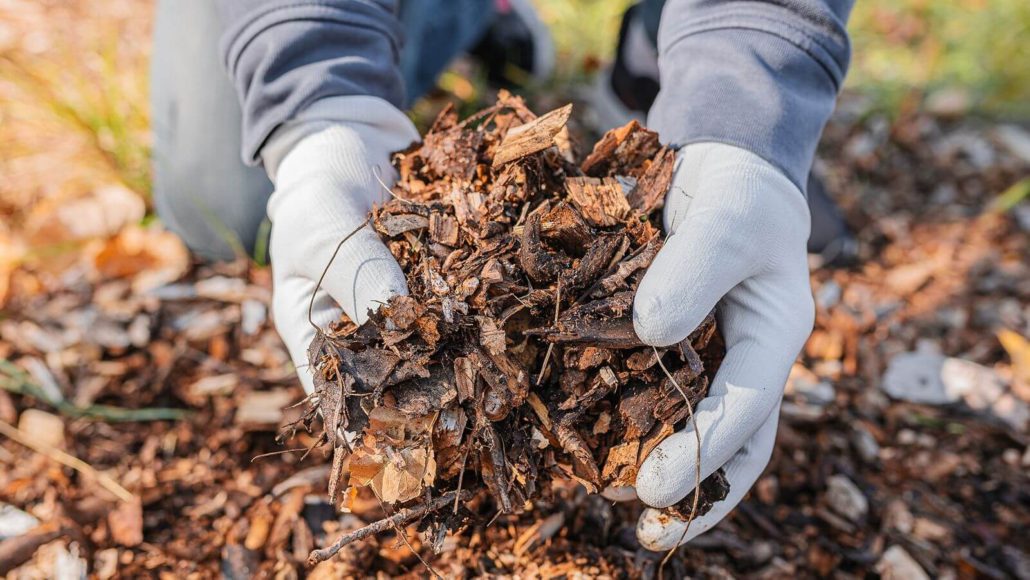
Composting is another fantastic way to transform wood chips into a valuable resource for your garden.
By combining wood chips with other organic materials like kitchen scraps, grass clippings, and leaves, you can create a rich, nutrient-dense compost that will nourish your plants and improve soil health.
The key to successful composting is maintaining the right balance of carbon-rich materials (like wood chips) and nitrogen-rich materials (like green plant matter).
Regularly turning and aerating your compost pile will ensure proper decomposition and prevent odors.
Once fully composted, this nutrient-dense “black gold” can be incorporated into your garden beds or used as a top dressing for lawns and landscapes.
3. Crafting Unique Garden Paths and Walkways
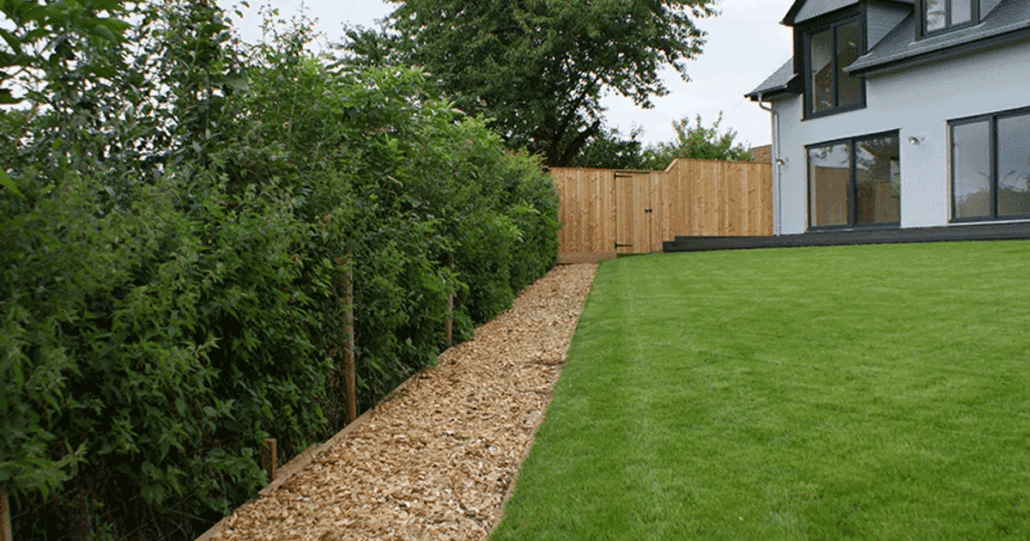
Forget traditional paving materials – wood chips offer a charming and low-maintenance alternative for creating garden paths and walkways.
Not only do these natural pathways blend seamlessly with your landscape, but they also provide a cushioned surface that’s gentle on your feet.
To create a sturdy and long-lasting wood chip path, start by clearing the desired area and laying down a weed barrier or landscape fabric.
Next, spread a 4-6 inch layer of wood chips, compacting them slightly for a firm surface.
As an added benefit, wood chip paths allow for water permeation, reducing runoff and promoting healthy drainage.
4. Enhancing Outdoor Play Areas and Pet Runs
If you have children or furry companions, wood chips can be a lifesaver for creating safe and comfortable play areas or pet runs.
Unlike concrete or gravel, wood chips provide a soft, shock-absorbent surface that minimizes the risk of injuries from falls or rough play.
They also offer excellent drainage, preventing muddy conditions after rain or irrigation.
When installing wood chips in these areas, aim for a depth of 6-8 inches to ensure adequate cushioning.
Regular raking and occasional top-ups will help maintain a fresh and level surface.
5. Designing Rustic Garden Borders and Edging
Embrace the natural charm of wood chips by using them to create rustic garden borders and edging.
This versatile material can be used to define planting beds, separate different garden areas, or create eye-catching pathways.
Simply dig a shallow trench along the desired border, line it with landscape fabric, and fill it with wood chips.
Not only do these borders add visual interest to your outdoor spaces, but they also help contain mulch and prevent soil erosion.
Periodically refreshing the wood chips will ensure your borders maintain their tidy appearance.
Conclusion
The humble wood chip offers a wealth of opportunities for eco-conscious gardeners and homeowners — especially when it comes from a trusted source like our sustainable tree removal Tampa service.
By embracing these five creative ways to reuse wood chips, you not only reduce waste and promote sustainability but also transform your landscape into something both functional and beautiful.
Ready to make the most of your next tree project? Contact us today to learn how Panorama Tree Care can help you turn removed trees into long-lasting value for your home and garden.

